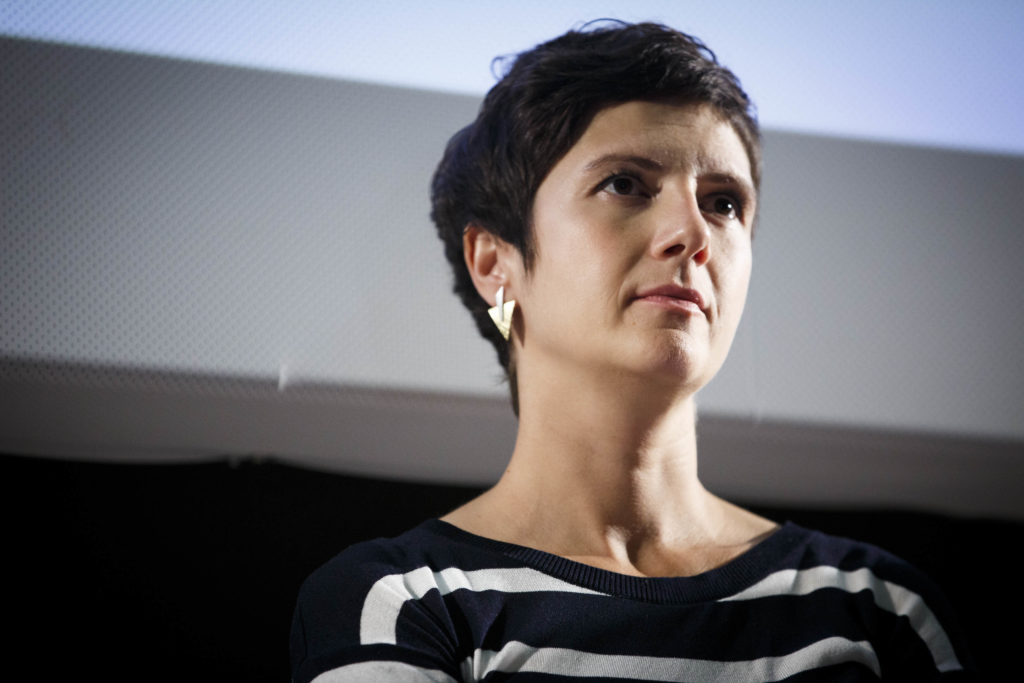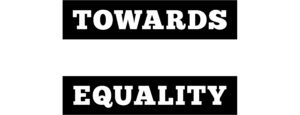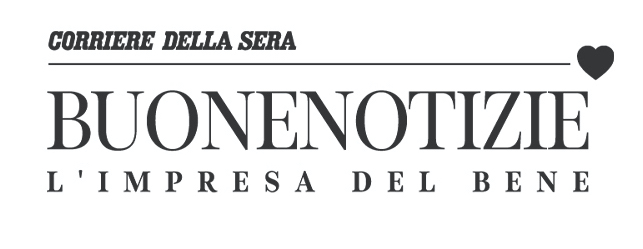In Italy, school textbook publishers scrap gender stereotypes

Irene Biemmi, expert in gender teaching and a lecturer at the University of Florence – Credit : Irene Biemmi
By Chiara Severgnini, Corriere della Sera (Italy)
Mums in the kitchen, dads off to work. Messy and very brave little boys, shy and tidy little girls. Men who can have whatever job they want: astronomers, lawyers, postmen, chefs… Women who are full-time mothers and homemakers or, more rarely, school teachers and hairdressers. Are these simply stereotypes that hark back to the 1950s? It would seem so, but until a few years ago it wasn’t unusual to find them in almost every primary school textbook in Italy. Even today, when leafing through those old-fashioned books, it feels like taking a journey back in time. Only in recent years, textbook publishers have decided to take a different direction. “Today, you can’t put together a school textbook without taking into account a gender perspective. And it’s a good thing that people are taking this shift very seriously,” says Irene Biemmi, an expert in gender teaching and a lecturer at the University of Florence. For the past four years, Ms. Biemmi has also been working as an adviser for Obiettivo Parità (« Mission equality »), a project that brings together two Italian publishers, Rizzoli Education and Centro Studi Erickson, that have adopted a series of internal regulations aiming to create, write and illustrate a series of books that can give an equal representation of both genders.
Corriere della Sera: For your book, A Sexist Education: Gender Stereotypes in Primary School Textbooks (Educazione sessista. Stereotipi di genere nei libri delle elementari) (Rosenberg & Sellier), you’ve studied books for primary schools that were published between 1997 and 2002. What did you find?
Irene Biemmi: First and foremost, an under-representation of women and girls— only 37% of the stories featured in those books have a female in a leading role. That goes to show the latent sexism in those books could have far-reaching repercussions. During workshops I regularly hold in schools, I ask the girls how come, in their opinion, there were so few women in those books, and some of the answers are: “obviously, they are less important”. There is an abundance of stereotypes. In these stories, you can find very few working women; all the girls are shy, tidy, good students, whereas the boys are brave and active, sometimes a tad aggressive. It is like delving into archetypes from a much ancient time.
Have things improved since then, in your opinion?
If I look at textbooks today, I would say yes. But in 2016, two researchers, Cristiano Corsini and Irene Scierri,used a similar analysis grid on more recent textbooks and their findings were actually rather dismal, it seemed as if things had gotten worse.
Why do you think textbooks seem unable to shake off gender stereotypes?
Because publishers are addressing a particular public, the school public, that has a very hard time welcoming change. Italian schools are a delayed mirror of what goes on in the country and they can’t keep up with all the changes that have taken place in our society. Let’s not forget that, for one thing, most teachers were trained in the 1970s and 80s, and therefore bring that culture into their classrooms. Secondly, there is no specific training being offered on gender issues, either to the older teachers or to the younger ones. There’s an emotional aspect to it as well. A mother with an apron getting the children their snacks, daredevil little boys, and little girls busy with their dolls… It’s almost a mythical representation, and a very reassuring one at the same time. To throw that culture in the bin and suggest something new is easier said than done.
“Obiettivo parità” however is trying to do just that. You are their chief adviser: what is your role exactly?
I led the team that outlined some practical guidelines for our publishers to implement as a basic benchmark. Now my job is that of painstakingly revising each book, page by page.
Which means?
I go through the galleys with a fine tooth-comb. I ask myself questions, such as: how many male and female authors are included? Do the stories have an equal number of men and women in leading roles? Are there stereotypes? I look at the book as a whole, I don’t focus on a single passage. If I have issues with some of the material, maybe because obvious or unpleasant stereotypes are quoted, I point it out to the publishers. But generally I aim at getting an overall impression of the book. Then I get down to proofreading its language. For example, I remove all instances of masculine gender from the instructions for homework. Instead of a generic “debate with your classmates,” I prefer using “debate with your male and female classmates” or “with your class.” At the end, I send my suggestions to the sub-editor, whose task is that of righting all imbalances. A few months later I get a new set of galleys and I do the final proofreading, this time taking into account pictures and illustrations. Then, and only then, when everything falls into place, the book is sent to the printers.
Does your job mostly imply removing, rather than adding?
No, it’s not enough to remove stereotypes — our goal is to offer something new, the so-called “counter-narratives”. But how you use these is crucial. For me, the best book is not one in which all mothers are astronauts and all dads are busy in the kitchen making dinner, where the little boys are shy and all the little girls are like [feminist icon] Pippi Longstocking. The best book is the one that can offer a multi-faceted representation of reality, because cultural diversity is the stepping stone to reach equality. We don’t need books that showcase an upside-down view of the world — that would be totally contrived. In our world, there are plenty of mothers who work as scientists, lawyers or postwomen, just as there are emotional little boys and sporty little girls: why shouldn’t we shine a light on them as well?

This article is being published as part of “Towards Equality”, an international and collaborative initiative gathering 15 international news outlets to highlight the challenges and solutions to reach gender equality.




